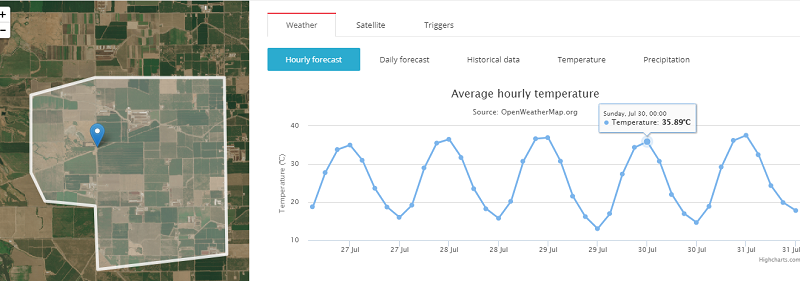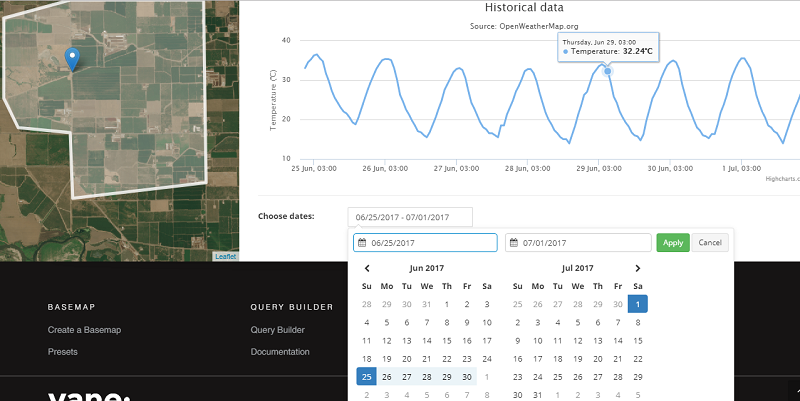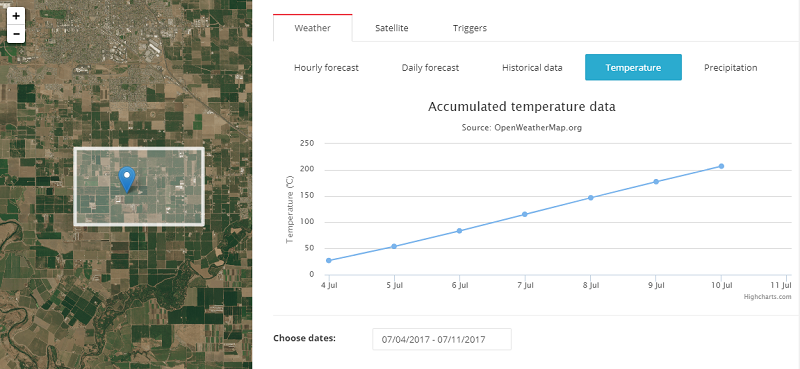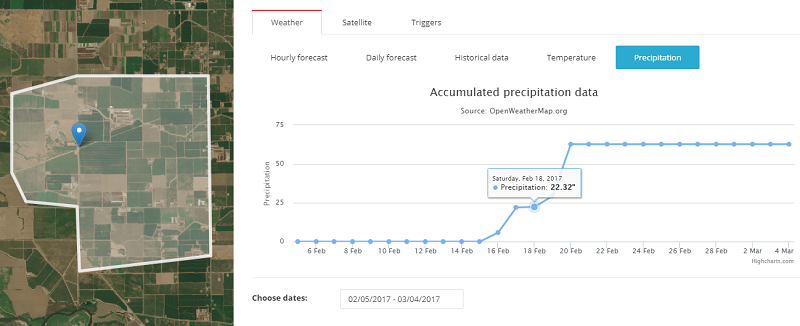Generally speaking, humidity is the amount of water contained in the air. And relative humidity is the ratio of the mass fraction of water vapor in the air to the maximum possible value of this quantity at a given temperature.
Usually the notion “climate” includes temperature and precipitation. Often such factor as relative humidity is forgotten. It’s necessary to mention that basically one pays little attention to that parameter. Temperature, wind speed, pressure – in this range air humidity is an outsider and improperly deprived of attention. However relative humidity is not only one of the most important articles in weather forecasts, but also one of the defining factors of well-being.
What are the risks behind low and high humidity indoor?
The atmosphere at home defines the health of house inhabitants a lot. To maintain optimal humidity at home is a necessary condition of good well-being. Too arid or too moist air indoor quickly becomes a source of significant troubles.
The air indoor is very dry in the heating season, especially in winter. Human body reacts to the lack of moisture with dryness of skin and tissue lining nasal passages, respiratory problems and eye irritation. The arid air contributes to dust diffusion which contains microorganisms and house dust mites. Dust mites are notorious for aggravating allergies in some individuals. The dry air is especially bad for children, whose dust allergy can proceed into bronchitis and asthma.
High humidity in dwellings leads to formation of fungus on walls, ceiling, corners. The air saturated with mold and its spores is also not the best companion for healthy people to live with.
How to provide humidity control at homes?
For the proper humidity control it’s necessary to know a humidity level of your building specifically. The most reliable humidity controller is an accurate humidity indicator. However a humidity level indoor strongly depends on a level of moisture concentration not only inside a building, but also outdoor. In winter the difference between levels of humidity indoor and outdoor is considerable due to the heating systems. Indoor the percentage of moisture in the air is decreased to 15-20%. While the standard humidity rate is 30-60%, and the medium level of comfort has 45% humidity rate. Moreover, these rates are not the same for everybody: they depend on climate, season and dwelling territory. For example, the most comfortable humidity level for Central Europe varies from 40% to 65%. During the winter, the medium level is 50%, and if you live in the tropics, this value is higher.
To calculate a humidity level which is comfortable and carrying no harm neither people, nor house interior at this very moment, accurate and actual weather data is necessary.
OpenWeatherMap provides such data for companies throughout the world. This data includes the current and historical weather data and forecasts. And we are very happy to make the lives of people more comfortable and perhaps even save their health.
The atmosphere at home defines the health of house inhabitants a lot. To maintain optimal humidity at home is a necessary condition of good well-being. Too arid or too moist air indoor quickly becomes a source of significant troubles.
The air indoor is very dry in the heating season, especially in winter. Human body reacts to the lack of moisture with dryness of skin and tissue lining nasal passages, respiratory problems and eye irritation. The arid air contributes to dust diffusion which contains microorganisms and house dust mites. Dust mites are notorious for aggravating allergies in some individuals. The dry air is especially bad for children, whose dust allergy can proceed into bronchitis and asthma.
High humidity in dwellings leads to formation of fungus on walls, ceiling, corners. The air saturated with mold and its spores is also not the best companion for healthy people to live with.
How to provide humidity control at homes?
For the proper humidity control it’s necessary to know a humidity level of your building specifically. The most reliable humidity controller is an accurate humidity indicator. However a humidity level indoor strongly depends on a level of moisture concentration not only inside a building, but also outdoor. In winter the difference between levels of humidity indoor and outdoor is considerable due to the heating systems. Indoor the percentage of moisture in the air is decreased to 15-20%. While the standard humidity rate is 30-60%, and the medium level of comfort has 45% humidity rate. Moreover, these rates are not the same for everybody: they depend on climate, season and dwelling territory. For example, the most comfortable humidity level for Central Europe varies from 40% to 65%. During the winter, the medium level is 50%, and if you live in the tropics, this value is higher.
To calculate a humidity level which is comfortable and carrying no harm neither people, nor house interior at this very moment, accurate and actual weather data is necessary.
OpenWeatherMap provides such data for companies throughout the world. This data includes the current and historical weather data and forecasts. And we are very happy to make the lives of people more comfortable and perhaps even save their health.














